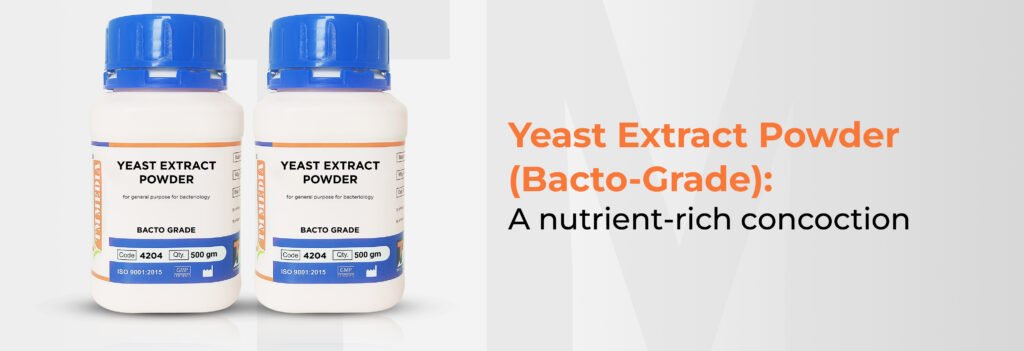

What’s your favourite snack? You don’t have to be afraid of us. We are friends. We won’t cause any harm. Come, let’s get you some chocolates.
So, this is probably what kidnappers sound like. We promise we’re not trying to lure you in. But what if we offered you some of your favourite candy and snacks right now, in return for you to merely answer questions about your life? You’d be doing it happily while munching on some chips and chocolates. Instead, you’d feel touched that at least someone is taking an interest in you.
Microbes are not much different from this. They love to eat, divide, and repeat. Nutrient media prepared in the laboratory work wonders when you need microbes to answer.
But what do microbes eat? Microbes will eat anything you have to offer as long as it is nutritional and can yield them energy for division. Hence, nutrition media prepared in labs is specially made with all the goodies like yeast extract powders, salt, peptone, water, beef extract, keeping their nutritional needs in mind. These nutrition mediums are even enriched with content like blood, special sugars and growth factors like lactose and even serums to please some picky eaters.
Though some fastidious bacteria have special demands, most of them can even grow when provided just with the fundamental nutrient sources like Nitrogen, Carbon, Vitamins, Minerals and Amino Acids. One such ingredient is the yeast extract powder.
Let’s learn more about yeast extract powders to know what bacteria love so much about them.
Yeast extract powder, Bacto grade, is a water-soluble extract of autolysed yeast cells, primarily finding its uses in laboratory & industrial purposes related to microbiology, fermentation, and agriculture. It appears as a yellow to light brown, free-flowing powder and is commonly added to nutrient media as a chief source of nitrogen, amino acids, vitamins (especially B-complex), peptides, minerals, and trace elements.
Owing to its nutritional value, yeast extract powder offers a complete profile to support the growth of a wide range of microorganisms, making it invaluable for enriching culture media and supporting the cultivation of bacteria, fungi, and yeasts. yeast extract powder also aids in the vivification of fastidious microorganisms with specific nutritional requirements.
Its applications extend beyond microbiology, finding use in the food industry as a flavour enhancer, nutrient supplement, and source of vitamins and minerals. yeast extract powder (food-grade) is also widely used as an ingredient to give your food that rich umami taste and flavour.
And who doesn’t love a meal that hits just the right spots—nutritionally and soulfully? Even microbes do.
A simple breakdown of how yeast extract Powder is prepared is as follows:
1. Growing the Yeast
Yeast strains like Saccharomyces cerevisiae are grown in large fermentation tanks containing nutrient-rich solutions with ingredients like molasses (energy source), amino acids, vitamins, and minerals.
2. Triggering Autolysis
The cells are then warmed gently to initiate autolysis, or self-digestion. It is done to release the proteins, amino acids, and vitamins by digestion through their enzymes.
3. Filtering Out the Debris
After autolysis, a thick, nutrient-rich liquid containing cell walls and other insoluble materials is obtained. This liquid is then filtered out to leave behind a clean extract full of valuable nutrients.
4. Concentrating the Extract
To help increase the nutrient density, the filtered liquid is gently concentrated by removing water.
5. Spray Drying into Powder
Finally, the liquid extract is dried using a spray dryer that turns it into a fine, yellowish powder.
Key Properties Of yeast extract powder (Bacto Grade, Product Code 4202):
Physical Properties:
| PRODUCT PARAMETER | SPECIFICATION |
| Appearance | Yellow to light brownish free-flowing powder having a characteristic yeast odour but not a pungent smell. |
| Solubility (2% soln. at 25ºC) | Soluble in distilled water, clear. Insoluble in alcohol |
| Clarity (2% Soln. at 121ºC) | Clear solution. No ppt. |
Chemical Properties:
| PRODUCT PARAMETER | SPECIFICATION |
| pH (2% Soln. at 25ºC) | 5.5 – 6.5 |
| Loss on drying (at 105ºC) | NMT – 6.0% |
| Total Nitrogen (DWB) | NLT – 10.5% |
| α-Amino Nitrogen | NLT – 2.5% |
| Total Ash | NMT – 12.0% |
| Chloride (as NaCl) | NMT – 5.0% |
Microbial Properties:
| PRODUCT PARAMETER | SPECIFICATION |
| Total viable count | NMT – 10,000 cfu/g |
| Escherichia coli | Negative |
| Salmonella spp. | Negative |
| Staphylococcus aureus | Negative |
| Yeast & Moulds | NMT – 100 cfu/g |
In microbiology, even the tiniest impurity or sign of possible contamination can impair the entire experiment set to specific standards and ultimately fail. Hence,
While both the extracts come from yeast, they serve very different purposes. Bacto Grade yeast extract is purified and formulated specifically for scientific uses by laboratory standards, ensuring clear purity standards so that it does not introduce variables in sensitive lab experiments, while Food-grade yeast extract works as a great flavour and nutrition enhancer in cooking and is generally considered safe for ingestion.
Simply put, one is for Petri dishes, the other for dinner plates.
TM Media’s Bacto-Grade yeast extract powder (Product Code 4202) is widely trusted for its reliability and batch-to-batch reproducibility of results. It doesn’t only meet the highest standards of purity and rich formulations but also ensures optimal growth conditions for a wider range of microorganisms, including some fastidious strains. The product comes in a standard packaging of 500 grams and is suitable for all laboratory uses, giving a clear solution and no precipitate on dissolution in water. It is reliable for a wider range of applications, including microbiology, biotechnology, and agriculture.
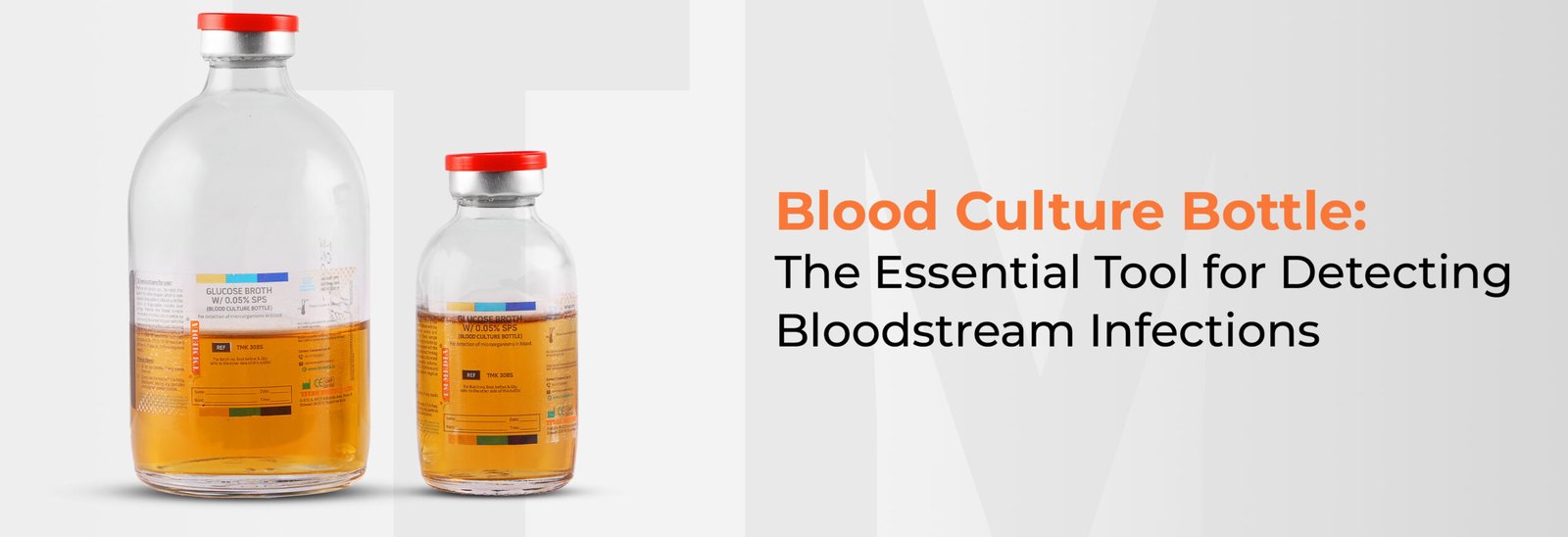
Imagine this: your body is a fort, defended by walls, guards, and intricate defences. But occasionally, raiders slip through the...
Read More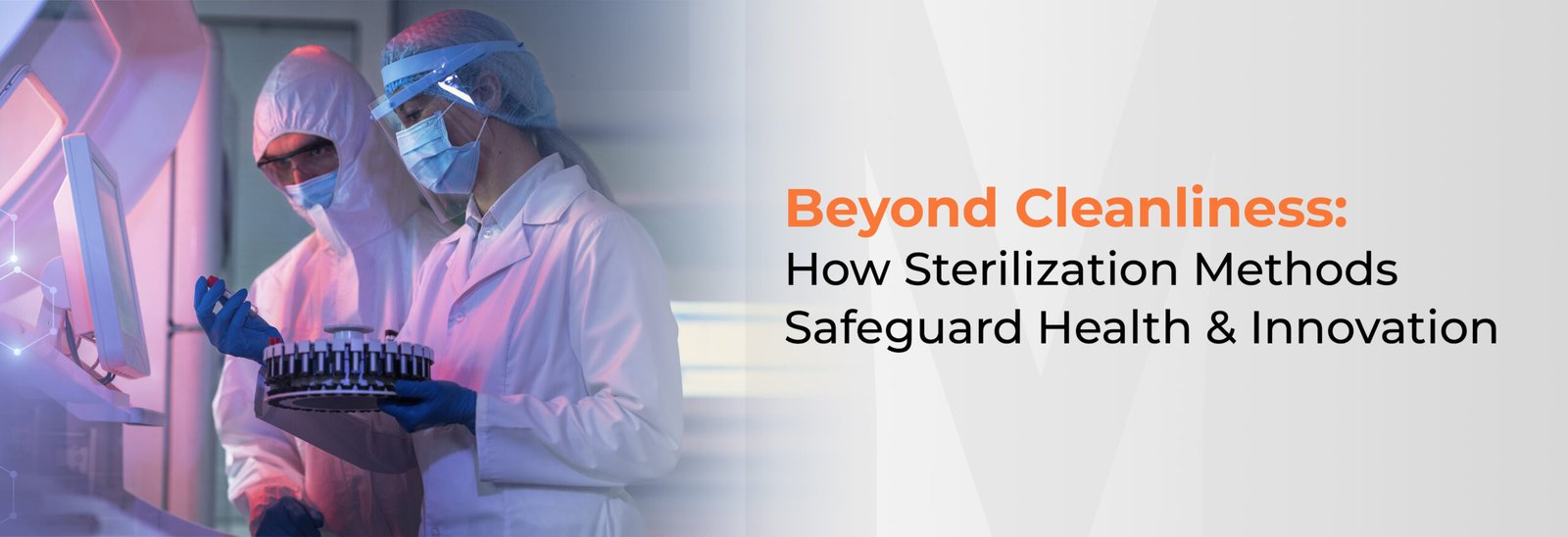
Think about, you are cooking food for loved ones. You’d wash your hands, clean the utensils, and make sure everything...
Read More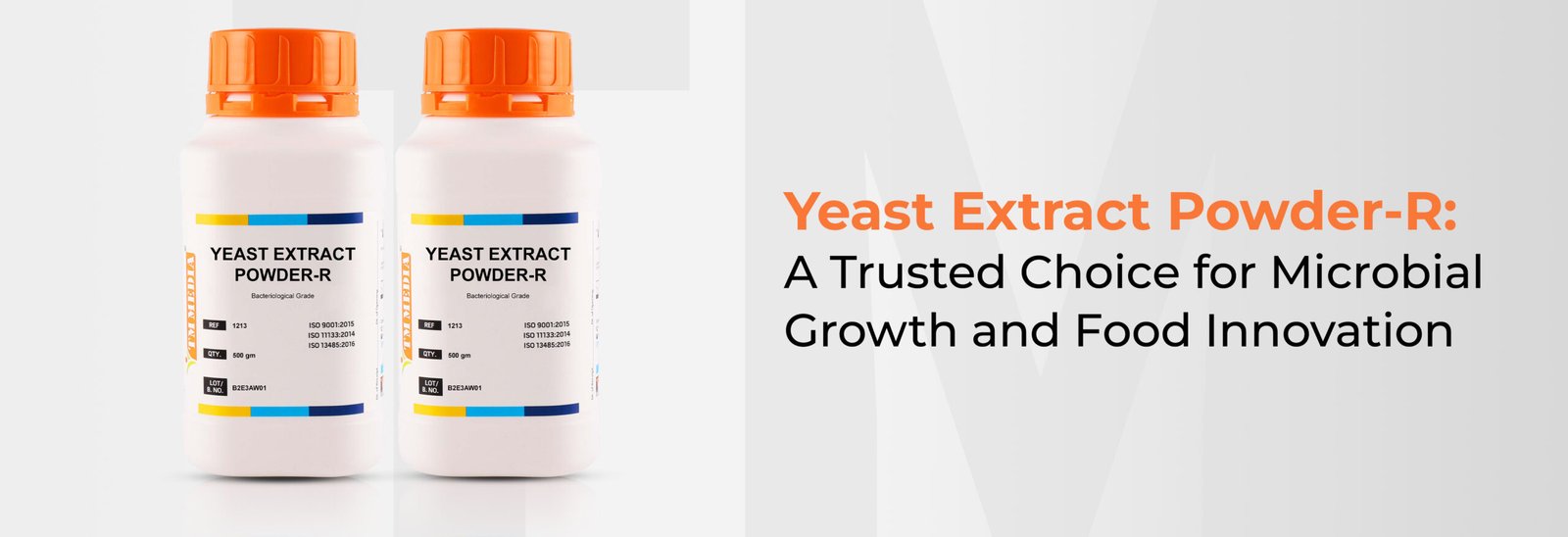
Some secrets are not written in books but brewed in cells too small to see. Just as a cook adds...
Read More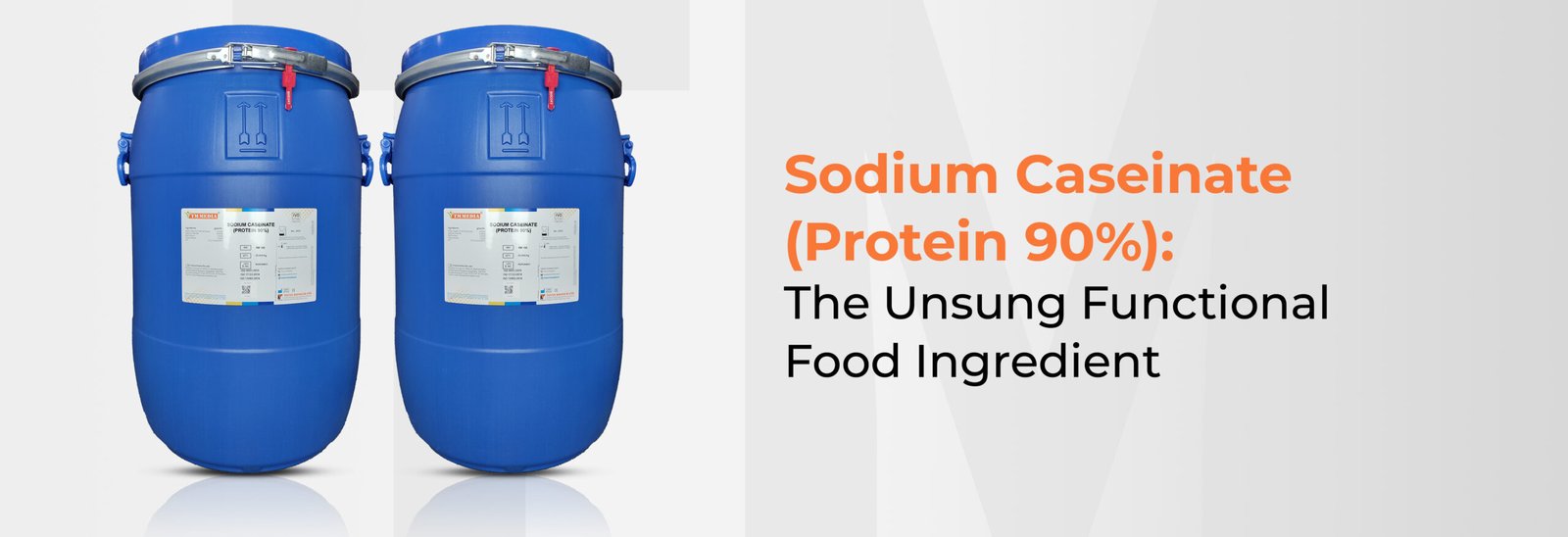
Ever flipped a nutrition label and set foot in a food lab, you have probably come across a name that...
Read More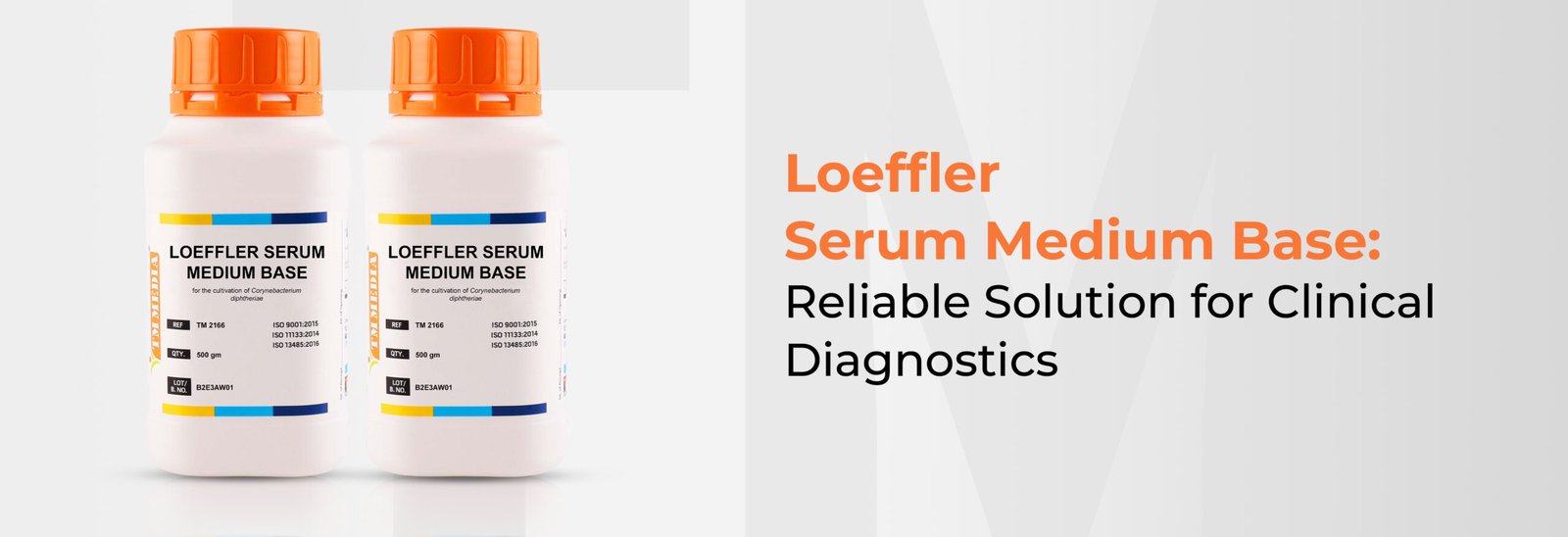
In clinical and investigative microbiology, loeffler serum slope has been crucial in the isolation and investigation of Corynebacterium diphtheriae, the...
Read More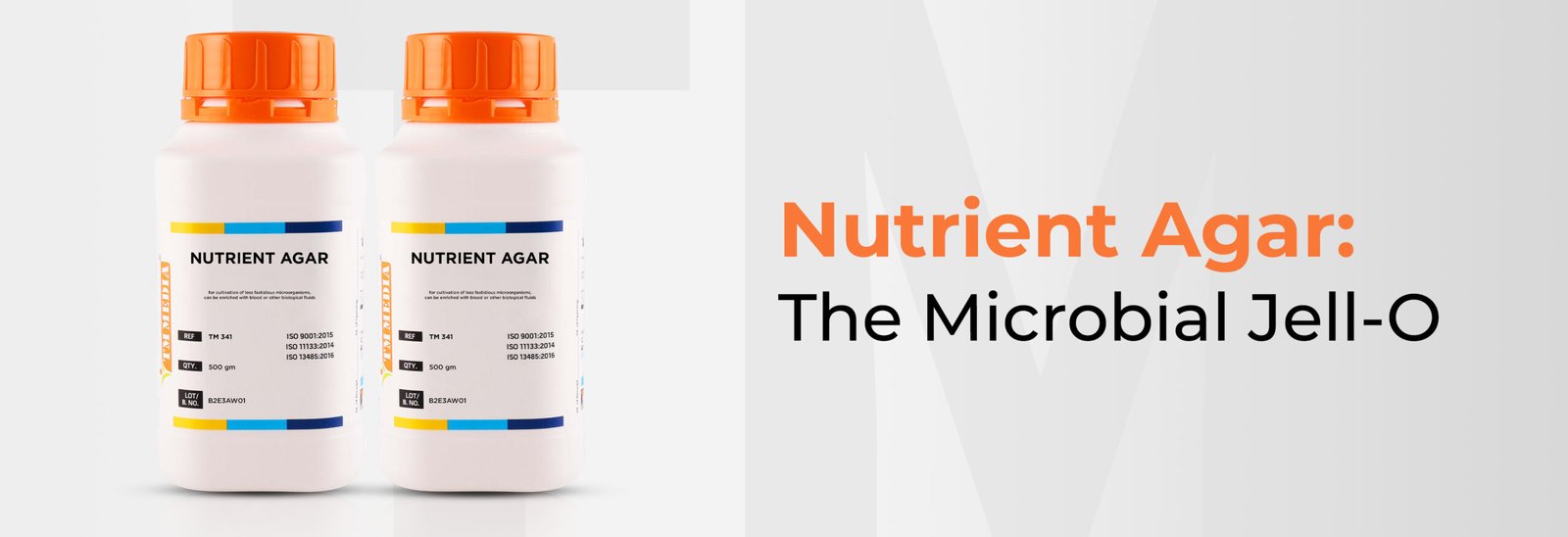
Walk into any microbiology lab, and you’ll notice something: shelves stacked with bottles labelled “nutrient agar ” and rows of...
Read More